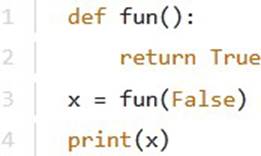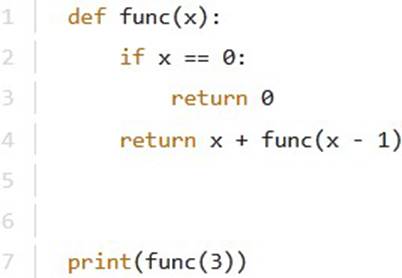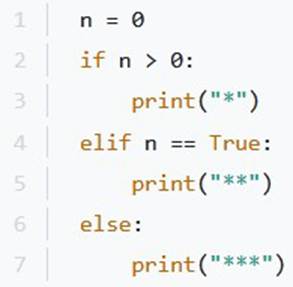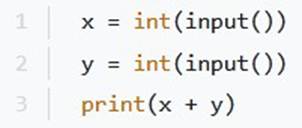Python Institute PCEP-30-02 Übungsprüfungen
Zuletzt aktualisiert am 16.09.2025- Prüfungscode: PCEP-30-02
- Prüfungsname: PCEP – Certified Entry-Level Python Programmer
- Zertifizierungsanbieter: Python Institute
- Zuletzt aktualisiert am: 16.09.2025
Question #131
The print() function is an example of:
- A . a Python built-in function
- B . a user-de fi ned function
- C . an anonymous function
- D . a Python output method
Question #132
What is the expected output of the following code?
print(ord(‚c‘) C ord(‚a‘))
- A . 1
- B . 2
- C . 3
- D . 0
Question #133
The unnamed except block …
- A . must be the fi rst one.
- B . cannot be used if any named block has been used.
- C . must be the last one.
- D . can be placed anywhere.
Question #134
What is the expected output of the following code?
print(‚x‘, ‚y‘, ‚z‘, sep=’sep‘)
- A . x y z
- B . xyz
- C . xsepysepzsep
- D . xsepysepz
Question #135
Select the true statements? (Choose two.)
- A . Python is a good choice for low-level programming, e.g. when you want to implement an effective driver
- B . Python is a good choice for creating and executing tests for applications
- C . Python is free, open-source, and multiplatform
- D . Python 3 is backwards compatible with Python 2
Question #136
What is the expected output of the following code?

- A . 0
- B . False
- C . The program will cause an error.
- D . True
- E . 1
Question #137
What is the expected output of the following code?

- A . 6
- B . 1
- C . 3
- D . The code is erroneous.
Question #138
How many stars (*) will the following code output to the screen?

- A . one
- B . six
- C . two
- D . three
Question #139
What is the expected output of the following code if the user enters 2 and 4?

- A . 6
- B . 2
- C . 4
- D . 24
Question #140
What do you call a computer program which directly executes instructions written in a programming language?
- A . A compiler
- B . An interpreter
- C . A translator
